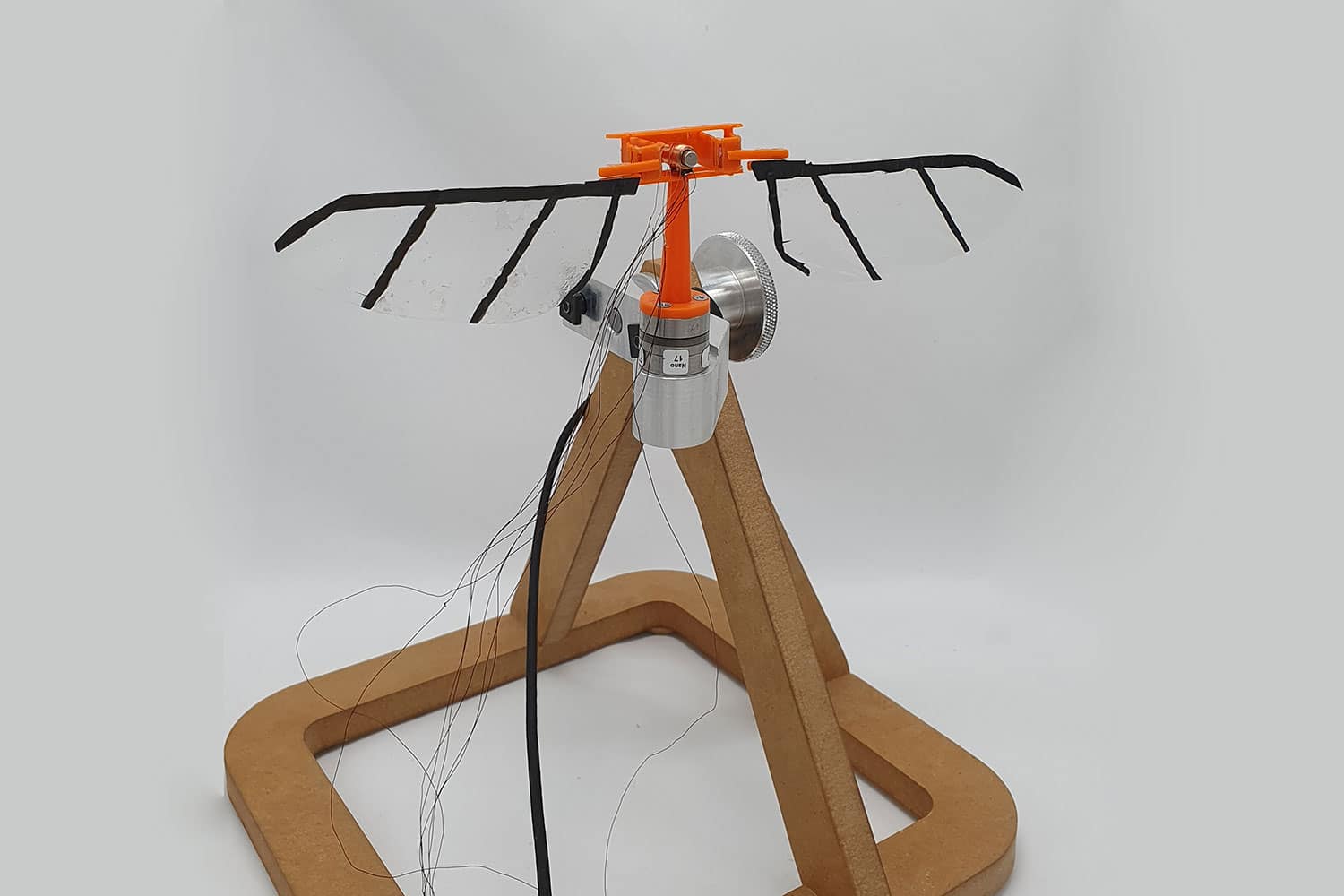
Professor Javaan Chahl and his team from the University of South Australia (UniSA) are working remotely during the pandemic to design a dragonfly-inspired drone that they hope will match the insect’s skills in hovering, cruising, and aerobatics.
“Dragonflies are supremely efficient in all areas of flying. They need to be. After emerging from underwater until their death (up to six months), male dragonflies are involved in perpetual, dangerous combat against male rivals,” Dr. Chahl says. “Mating requires an aerial pursuit of females, and they are constantly avoiding predators. Their flying abilities have evolved over millions of years to ensure they survive. They can turn quickly at high speeds and take off while carrying more than three times their own body weight. They are also one of nature’s most effective predators, targeting, chasing and capturing their prey with a 95% success rate.”
To create their prototype, the team modeled the dragonfly’s unique body shape and aerodynamic properties to better understand their flight abilities. They reconstructed 3D images of the wings and used an optical technique to photograph the wing geometry of different dragonfly (Odonata) species from glass display cases in museum collections.
“Dragonfly wings are long, light and rigid with a high lift-to-drag ratio which gives them superior aerodynamic performance. Their long abdomen, which makes up about 35 per cent of their body weight, has also evolved to serve many purposes. It houses the digestive tract, is involved in reproduction, and it helps with balance, stability and manoeuvrability. The abdomen plays a crucial role in their flying ability, explained Dr. Chahl.”
Though still at a very early stage in development, the researchers believe that a dragonfly-like drone could perform many tasks, including collecting and delivering awkward loads, operating safely near people, exploring delicate natural environments, and running long surveillance missions. Their findings have been published in the journal Drones.
